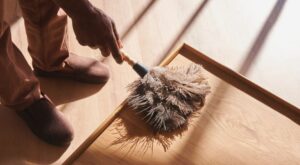
How to avoid dust in the house when using a wood stove: tips and tricks for a clean and healthy home
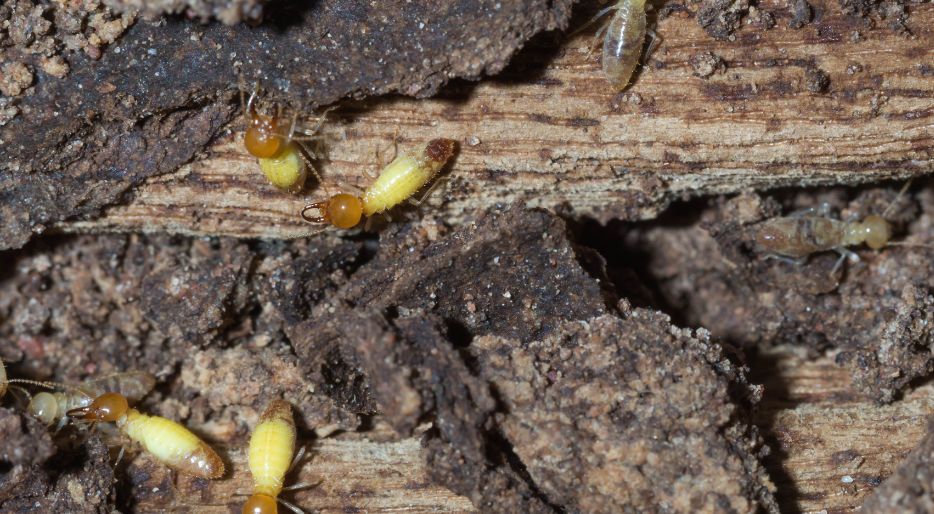
Did you know that wood termites can be a real headache for wood stove owners? These tiny pests are capable of causing significant damage to firewood, which can compromise the safety of your home and affect the performance of your stove. If you’re concerned about termites in the firewood you use to heat your home… don’t worry! In this post, we’ll tell you everything you need to know about wood termites: how to identify, prevent and eliminate them. Join us on this journey to learn how to protect your home from these pesky pests. Here we go!
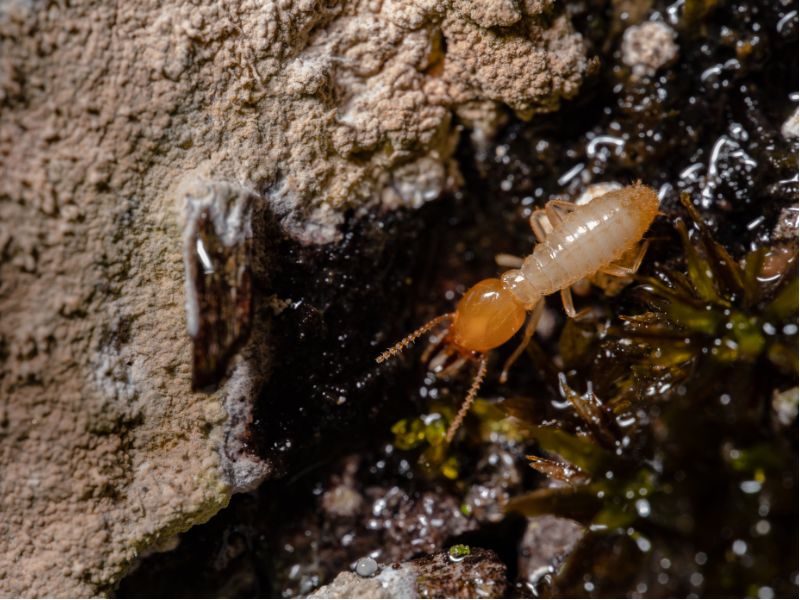
Wood termites are social insects that feed on the cellulose present in wood and other plant materials. They are considered one of the most destructive pests that can affect a wooden structure, since their activity can cause serious damage to the structure and stability of a house, as well as to the wooden objects inside it.
It is important to be aware of this type of pests because, although termites do not represent a risk to human health, their presence can compromise the safety of a wooden structure, such as a wood stove. Moreover, if not detected in time, they can cause costly damage that can be difficult and expensive to repair.
For this reason, it is critical to learn how to identify the signs of a wood termite infestation and take preventative measures to avoid their appearance, as well as act quickly to eliminate them if they are detected. With a little knowledge and effort, you can protect your home from wood termites and keep your wood stove in perfect condition to heat your home.
To identify wood termites, it is important to know what they look like. Wood termites are small, brown or whitish insects, measuring approximately 6 to 15 mm long, depending on the species. Their body is divided into three parts: the head, thorax and abdomen.
The head of wood termites is relatively small, with strong mandibles used for chewing wood and other plant materials. Their antennae are straight and composed of many small segments.
The thorax of wood termites is long and slender, with six segmented legs that are used for walking and transporting the materials they collect for food. Termites also have two pairs of membranous wings that are longer than the body and allow them to fly during the mating season.
The abdomen of wood termites is large and rounded, and contains the termite’s digestive and reproductive system. This segment may also contain bacteria and protozoa that help digest wood cellulose and other plant materials.
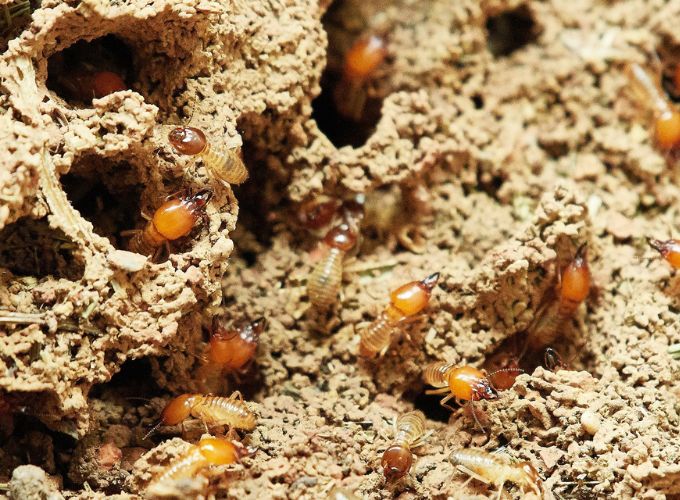
To identify the presence of wood termites in firewood, we must be attentive to certain signs and symptoms. Some signs that can indicate the presence of termites are:
If we detect any of these signs, it is important to contact a professional to help you eliminate the infestation.
Wood termites usually appear in places where conditions are conducive to their survival and growth. Some of the factors that can attract termites to firewood are:
The prevention of termites in firewood is essential to avoid their appearance in our wood stove and, therefore, prolong the useful life of the stove. Below are some measures that can be taken to prevent the appearance of termites in firewood:
If the presence of termites has already been detected, it is important to take steps to eliminate them and prevent their spread. Below are some options for eliminating termites from wood:
Important: All of these options should be performed by trained professionals.
In summary, wood termites can be a threat to your firewood and wood stove, and it is important to take preventative measures to avoid their occurrence. Some preventive measures include storing firewood in a dry place away from the ground, regularly inspecting the firewood and wood stove for signs of termites, and treating the wood with products that prevent termites.
If termites are detected in the firewood or wood stove, there are several options for eliminating them, including chemical treatments, heat, freezing or fumigation. It is important to keep in mind that some of these methods can be toxic or dangerous, so it is advisable to call a trained professional to perform the treatment.
Prevention is key to avoiding future termite infestations in your firewood and wood stove. Not only does it help maintain the quality and lifespan of the firewood and wood stove, but it also prevents material and financial damage. Therefore, it is recommended to take preventive measures and act quickly in case of detecting the presence of termites in the firewood or in the wood stove.
If you have any questions, please feel free to ask us! We hope this post has served as a guide. Take a look at our blog and find solutions and recommendations to help you with your fireplace or wood stove.
Visit our online store for Panadero wood stoves. If you have any questions or need help choosing the right stove, don’t hesitate to contact us. We will be happy to help you.
Articles of interest:
Did you like this article? If so, help us spread it 😊 . Click on the buttons below here and feel free to share it on your social networks!
Thank you for reading!
↓ ↓ ↓ ↓

How to avoid dust in the house when using a wood stove: tips and tricks for a clean and healthy home
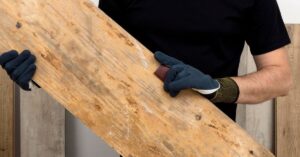
Learn how to remove mould from your wood for use by following the steps in this article.
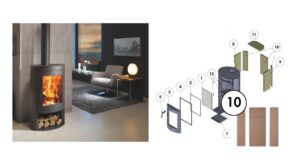
All you need to know: what it is, uses and benefits of wood stoves
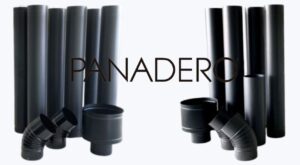
The flue pipe. The silent piece that makes all the difference. You can have a high-performance wood-burning stove with impeccable design and the best double